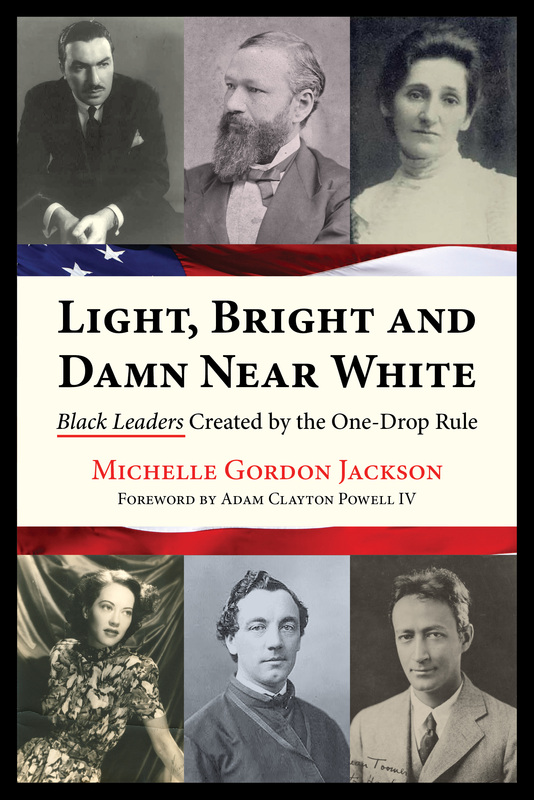Neo-race Realities in the Obama EraPosted in Anthologies, Barack Obama, Books, Media Archive, Politics/Public Policy, Social Justice, Social Science, United States on 2019-09-26 01:00Z by Steven |
Neo-race Realities in the Obama Era
SUNY Press
May 2019
174 pages
Hardcover ISBN13: 978-1-4384-7415-1
Edited by:
Heather E. Harris, Professor of Communication
Stevenson University, Stevenson, Maryland
Considers the impact of neo-racism during the Obama presidency.
Neo-race Realities in the Obama Era expands the discourse about Barack Obama’s two terms as president by reflecting upon the impact of neo-racism during his tenure. Continually in conversation with Étienne Balibar’s conceptualization of neo-racism as being racism without race, the contributors examine how identities become the target of neo-racist discriminatory practices and policies in the United States. Individual chapters explore how President Obama’s multiple and intersecting identities beyond the racial binaries of Black and White were perceived, as well as how his presence impacted certain marginalized groups in our society as a result of his administration’s policies. Evidencing the hegemonic complexity of neo-racism in the United States, the contributors illustrate how the mythic post-race society that many wished for on election night in 2008 was deferred, in order to return to the uncomfortable comfort zone of the way America used to be.
Table of Contents
- List of Illustrations
- Foreword / Amardo Rodríguez
- Acknowledgments
- Introduction / Heather E. Harris
- Part I
- 1. Obama’s Transformation of American Myths / Zoë Hess Carney
- 2. Transformational Masculinity and Fathering in the Age of Obama: “Roses and Thorns” / Shanette M. Harris
- 3. How Obama’s Hybridity Stifled Black Nationalist Rhetorical Identity: An Ideological Analysis on His Two-Term Third-Space Leadership / Omowale T. Elson
- Part II
- 4. “Who Gets to Say Hussein? The Impact of Anti-Muslim Sentiment during the Obama Era” / Nura A. Sediqe
- 5. The End of AIDS? A Critical Analysis of the National HIV/AIDS Strategy / Andrew R. Spieldenner, Tomeka M. Robinson, and Anjuliet G. Woodruffe
- 6. The President Was Black, Y’all: Presidential Humor, Neo-racism, and the Social Construction of Blackness and Whiteness / Jenny Ungbha Korn
- 7. L’homme de la créolisation: Obama, Neo-racism, and Cultural and Territorial Creolization / Douglas-Wade Brunton
- Notes
- List of Contributors
- Index







